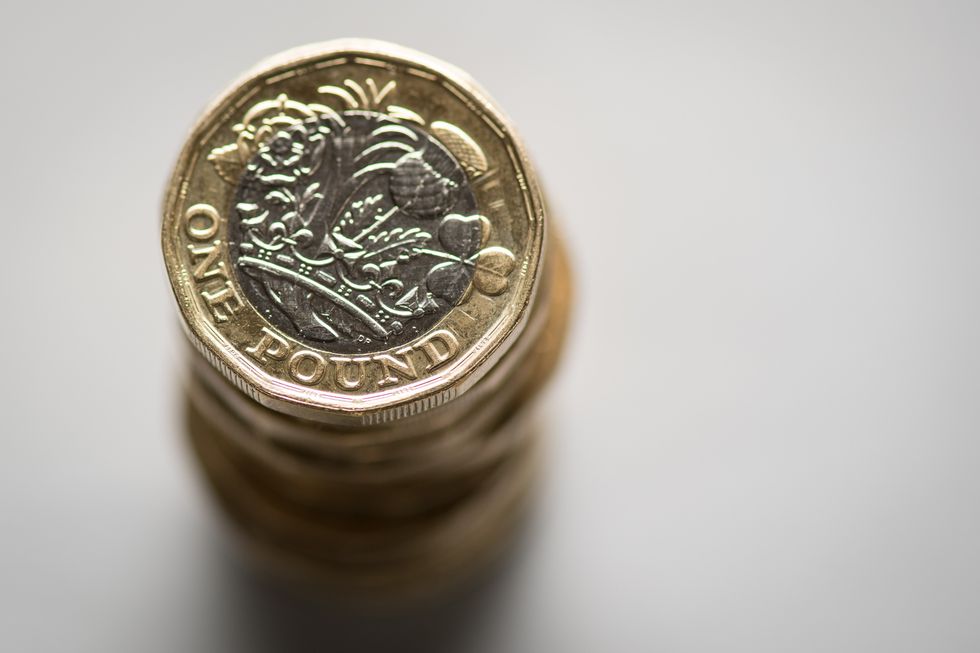My New Year’s Resolution is to dramatically reduce my reliance on contactless, writes Jessica Sheldon
GETTY
An exclusive comment piece for GB News members from Digital Finance Editor Jessica Sheldon
Don't Miss
Most Read
Trending on GB News
My New Year’s Resolution is to dramatically reduce my reliance on contactless payments.
Living in a city, more and more retailers and restaurants now seem to prefer that people pay by card rather than cash, so I’ve slipped into a habit of simply waving my contactless card or phone at the machine.
It certainly is simple, and card payments do have their perks, but it comes at a cost.
A cost of hundreds of pounds, as this year’s bank statements have shown.
WATCH NOW: GB News visits pub landlord who only accepts cash
It was just £1.49 here, £2.60 there, and £3.90 on the way home which I can’t even remember.
These little but, unfortunately, often payments have added up, as I realised when categorising all my recent spending last week.
Arguably, at least you can see where you’ve been spending your money thanks to the monthly statement, whereas once cash is handed over to the cashier, it’s gone.
But you physically hand over cash, and if it means breaking a £20 note, perhaps buying that cup of coffee while browsing the shops won’t seem so appealing.
If you’re determined to only use cash, you also need to track down an ATM , which I’ve found is easier said than done in this modern, contactless world.
It can really slow the whole process of purchasing - which can help when trying to ditch the habit of buying on a whim.
As GB News reporter Jack Walters found out earlier this year, going cash-only seems to be becoming increasingly impossible, with some retailers and eateries now only accepting card.
It doesn’t seem long ago that it seemed like an inconvenience if you wanted to pay by card, but now digging out a tenner can put an entire transaction in jeopardy.
To try to cut down on supermarket spending pre-pandemic, I would withdraw my weekly food budget from the machine and stick to the shopping list.
It would often mean waiting in the long queue for the cashier while fellow customers whizzed through via self-service, but it worked.
I found myself much more aware of what I was buying, and the price of each individual item.
I was also far less tempted to add extras to the trolley.
LATEST DEVELOPMENTS:

To try to cut down on supermarket spending in the past, I've withdrawn cash to pay for the shop
PA
Fast forward four years and I’ve quickly become caught up in the temptation of contactless. I’m not the only one; debit and credit cards accounted for more than 85 per cent of all spending in 2022, according to a recent report by the British Retail Consortium (BRC).
The BRC’s Payments Survey did find an increase in cash usage for the first time in a decade though, up from 15 per cent to just under 19 per cent of transactions.
It seems cash is considered a useful tool for some people to manage their finances and track day-to-day spending, as living costs rise, according to the BRC.
More and more banks are offering tools to help track spending now, and I think anything which keeps people engaged and aware with their spending is important.
But I think it’s important there remains a choice, and I’m resolving to choose cash as much as I can in 2024.
You may like






